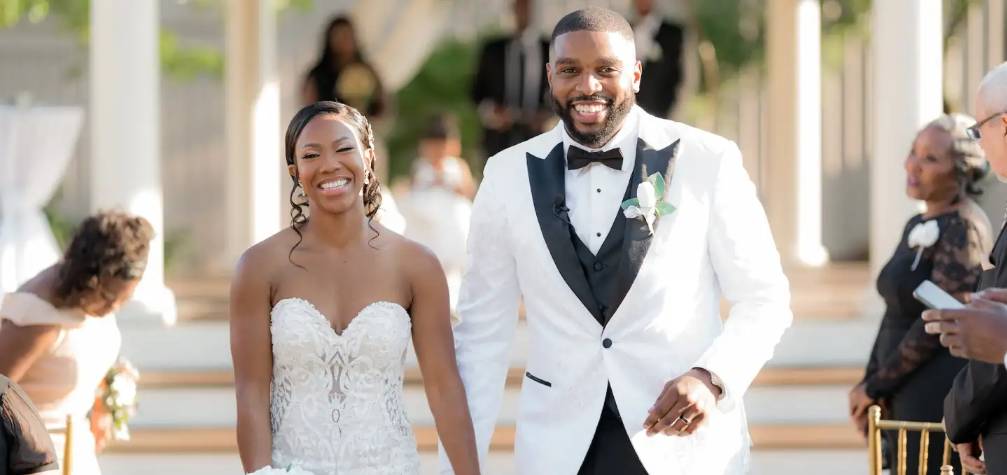Business Chic: Dressing for Success in Men's Fashion
3 min read
18 Jun 2025
In the world of business, dressing for success is more than just a cliché; it's a powerful tool that can significantly impact your professional image and success. Whether you're a seasoned executive, an aspiring entrepreneur, or a recent graduate entering the workforce, your choice of attire plays a crucial role in how you're perceived and how you perform. In this guide to men's business fashion, we'll explore the principles of dressing for success and provide practical tips to help you navigate the professional wardrobe.
The Foundation: Tailored Suits and Dress Shirts
The cornerstone of men's business fashion is undoubtedly the tailored suit. A well-fitted suit not only exudes confidence but also communicates professionalism and attention to detail. When selecting a suit, consider the following:

Fit: Fit is paramount. Your suit should accentuate your silhouette without being too tight or too loose. Visit a tailor to ensure a perfect fit.
Color: Classic colors like navy, charcoal gray, and black are versatile and appropriate for most business settings. Lighter shades can work for more relaxed environments.
Fabric: Choose a fabric suitable for the season. Wool suits are a safe bet for year-round wear, while lightweight materials like linen and cotton are ideal for summer.
Details: Pay attention to details like lapel style, pocket design, and button configuration. These small elements can make a big difference in the overall appearance of your suit.
Complement your suit with a crisp, well-fitted dress shirt. Opt for white or light blue shirts as they are timeless and pair well with various suit colors. Ensure that the collar fits comfortably and that the sleeves are the right length when worn with a suit jacket.
Accessorize Thoughtfully
Accessories can elevate your business attire and add a personal touch. Here are some key accessories to consider:
Ties: A well-chosen tie can make a statement. Stick to classic patterns and colors for a conservative look, or experiment with bolder designs in creative industries. Learn how to tie a variety of knots to add variety to your look.
Belts: Match your belt color to your shoe color. Keep the buckle simple and understated for a professional appearance.
Shoes: Invest in quality leather shoes that are comfortable and polished. Classic styles like oxfords and derbies are safe choices. Regularly maintain and shine your shoes to keep them looking their best.
Watches: A classic wristwatch is both functional and stylish. Choose a watch that complements your overall look, and ensure it's appropriate for the formality of your workplace.
Cufflinks: Cufflinks add sophistication to your dress shirt. While not necessary for every outfit, they can be a subtle statement piece.
Dress for the Occasion
Business attire can vary significantly based on the industry and specific workplace. It's essential to gauge the dress code and expectations of your workplace and adapt your attire accordingly:
Formal Business Attire: In industries like finance and law, a formal business dress code prevails. This typically means dark suits, conservative ties, and polished dress shoes.
Business Casual: Many workplaces now adopt a business casual dress code, which allows for more flexibility. Here, you might wear dress slacks, a blazer, and an open-collar dress shirt, omitting the tie. Loafers or brogues can replace formal dress shoes.
Casual Dress: In creative industries and startups, a casual dress code may be the norm. While this allows for more personal expression, it's still important to maintain a polished and professional appearance. Well-fitted jeans, stylish sneakers, and well-chosen T-shirts can work in this setting.
Remote Work: With the rise of remote work, it's easy to become lax in your attire. However, dressing as if you were going to the office can help maintain a work mindset and enhance productivity.
Maintain Your Wardrobe
Investing in quality clothing is essential, but so is taking care of your wardrobe:
Dry Cleaning: Suits and dress shirts should be dry cleaned as needed to maintain their appearance.
Shoe Care: Regularly clean and polish your shoes. Rotate between pairs to extend their lifespan.
Ironing and Steaming: Ensure your clothing is wrinkle-free by ironing dress shirts and using a steamer for suits and other garments.
Tailoring: As your body changes or clothing wears out, visit a tailor for alterations and repairs.
Storage: Hang your suits and dress shirts on quality hangers and use garment bags for protection. Store shoes in a cool, dry place.
Personal Style and Confidence
While adhering to dress codes is crucial, don't forget to incorporate your personal style into your business attire. Accessories, patterns, and colors can be used to express your individuality. Confidence is also key to dressing for success. When you feel comfortable and confident in your clothing, it shows in your demeanor and interactions with colleagues and clients.
In conclusion, dressing for success in men's business fashion goes beyond superficial appearances. It's about projecting professionalism, attention to detail, and confidence. By mastering the fundamentals of fit, style, and maintenance, you can build a versatile and stylish business wardrobe that serves you well in any professional setting.


